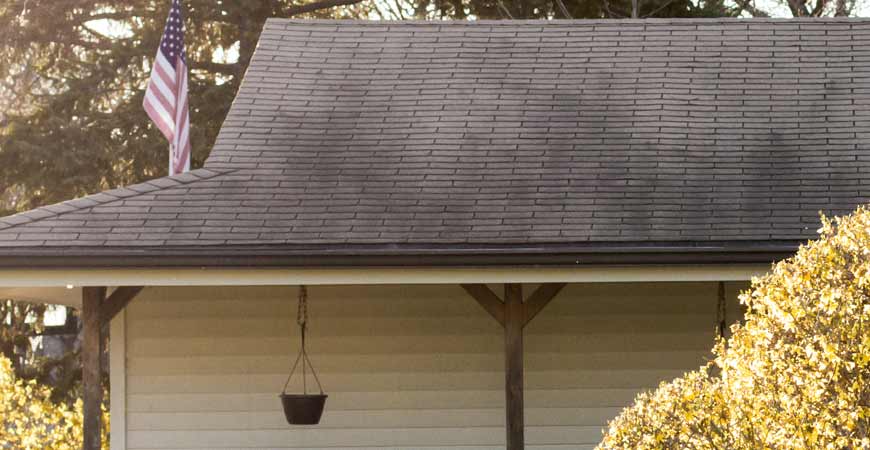If you ever find damp patches on walls after heavy rains or see wet spots on your ceilings after rain storms leaks are likely the culprit.
Normal for inside of roof to look wet.
Patching material may not adhere properly if the roof area is damp.
It s possible that the boiler may be set to high or the pump speed may be too high.
High ceiling beams and cathedral ceilings with water spots can be confused with an active leak when in fact it is a result of condensation.
The steam then condenses on the colder roof.
If the wood is damp in localized areas typically streaks running downhill form the wettest spot and commonly black edged then this moisture might be from leaks espcecially if your roofing shingles is oer about 25 30 years old.
Cracked masonry and failing flashing around windows and doors are other potential problem areas.
If you have a standard central heating system with header tank etc.
Either of these can result in a slow but steady stream of steam from the open vent pipe above the header tank.
There are ice dam cables you can install on.
Faults in the roof structure including damaged or missing tiles poor flashing and broken or cracked gutters and drainpipes can be the cause of dampness in the house.
If you have ever noticed a lot of icicles hanging from the edge of your roof chances are your house is leaking significant and expensive amounts of air and heat into the attic.
Stains or even wet areas on the under side of roof decking and on rafters can appear to be a roof leak but in fact moisture may be entering the attic not from above outside and through the roof but by rising through a building suffering from leaks a prior fire extinguishment or most common a wet basement or crawl space.
Roof leaks can occur when the flashing around a vent pipe or chimney separates from the roof and creates a gap.
Penetrating damp may take place where there is a defect in the roof render brickwork clogged or damaged gutters or downpipes and window frames that allow for water to enter the building.




























